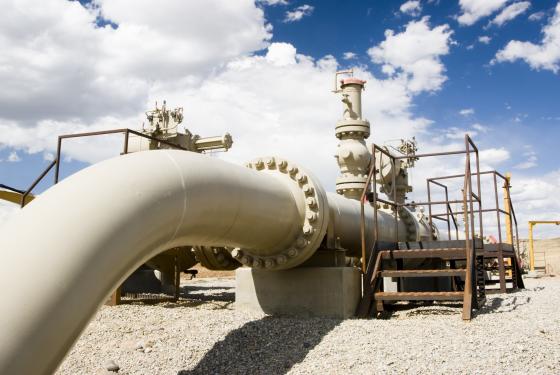Regulators welcome the Commission’s Trans-European Networks for Energy (TEN-E) proposals but see scope for further improvement for energy network development

What is it about?
Delivering on the objectives of the Energy Union and of the Green Deal requires major investments in energy networks. Tackling the infrastructure needs in an increasingly integrated European energy system is complex and requires proper regulatory scrutiny to safeguard the public interest. The EU Agency for the Cooperation of Energy Regulators (ACER) and the Council of European Energy Regulators (CEER) welcome the Commission's efforts to modernise the current framework (called “TEN-E") with a new focus on sustainability in the European Commission's revised TEN-E Regulation proposals, but the process needs to be robust and proper regulatory scrutiny assured.
- Regulators welcome the new focus on sustainability and the Green Deal
ACER-CEER welcome the new focus on sustainability and offshore renewables including extending the scope of the Projects of Common Interest (PCIs) to include hydrogen and electrolysers. This is a big step towards the Green Deal.
- Room to further improve the TEN-E process and ensure regulatory oversight
Welcoming the proposals, ACER Director, Christian Zinglersen stated:
“Massive energy infrastructure investment is needed to deliver on Europe's climate and energy priorities. Tackling infrastructure needs in an increasingly integrated European energy system is bound to be more complex, and requires a range of assets to achieve the decarbonisation targets. Regulators welcome the European Commission's efforts to make the current framework for trans-European energy infrastructure (“TEN-E") fit for purpose for the energy transition. We welcome that infrastructure “scenario planning" will become more neutral with the introduction of ACER guidelines. To reach sector integration, the scenario planning should be developed jointly for electricity and gas in a neutral way.
The new process for Cost-Benefit Analysis (CBA) methodologies is overly complicated, and may not fit well with the agility needed for the Ten-Year Network Development Plan (TYNDP) and PCI processes which have a 2-year cycle. To ensure proper regulatory scrutiny over the ENTSO's proposals and for simple and timely processes, ACER should be given the powers to approve the methodologies for the CBA and be able to issue binding guidelines. These CBAs are critical to the reliable and consistent assessment of the TYNDP projects and the selection of the European Projects of Common Interest (PCIs). Europe's legislators should not miss this opportunity to streamline the process and improve the regulatory oversight so that the best projects are delivered."
On the national and European network development plans, CEER President, Annegret Groebel, added:
“The European regulatory framework needs to be robust for the identification of the cross-border projects and investments needed for the energy transition, and for projects funding and cost allocation to be subject to regulatory oversight by NRAs in line with the principles of the Internal Energy Market /Clean Energy Package frameworks. To ensure coherence of the TYNDP and the national level plans, national regulators should have the power to approve/amend the National Development Plans and oversight over ENTSOs on the TYNDP process needs to be strengthened. Regulators, who are closest to the projects, are best placed to decide on how to allocate the costs of cross-border energy projects in a coordinated way within ACER to support informed and consistent cross-border cost allocation (CBCA) decisions across Europe.
Regulators' recommendations on how to improve the TEN-E Regulation are set out in the ACER-CEER position paper on revision of the Trans-European Energy Networks Regulation (TEN-E) and Infrastructure Governance.
Access the full ACER-CEER Press Release.


